Before we talk about the evolution of foldable smartphones, let’s look back at the journey so far. Smartphones are an essential part of our everyday life at this point. Since 2007 apple’s iPhones have revolutionized the mobile phone market as we know it and its biggest competitor, android, even though started its journey in 2008, took off at a tremendous rate since 2012 and is still going strong.
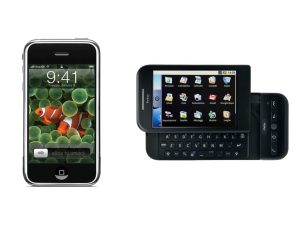
As of 2021, almost 75 percent of the smartphones that are out there run on Android. Which is an amazing feat in and of itself. The people, however, are always looking for the next big thing, the new innovation, and the next thing that excites them. That is where foldable smartphones come in.
Royole FlexPai – The First Foldable Smartphone

At the beginning of 2018, rumors were floating around regarding a flexible smartphone in the tech community. In the CES 2018 Chinese display manufacturer, Royole announced “Royole FlexPai”. A smartphone that’s first of its kind that had a large 7.8” flexible display that can fold outwards. This was the beginning of the evolution of foldable smartphones.
Albeit people, in general, had never heard of Royole or their abilities, they’re actually known for their flexible displays and sensors used in a wide range of human‐machine interface products.
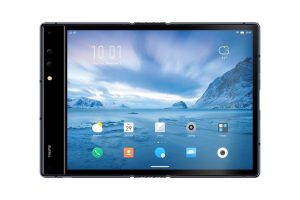
The phone, however, wasn’t that impressive other than the obvious part. The software was somewhat buggy, the folding itself took some effort, the experience overall wasn’t exactly pleasant, especially for the price of $1300.
That aside though, Royole had pulled one massive flex (Pun intended) over every other smartphone company with this launch, earning the crown of the manufacturer of the world’s first foldable smartphone.
Samsung’s New Wing – The Galaxy Fold
Followed by the lukewarm reception of Royole FlexPai, tech giant Samsung announced their own foldable smartphone. They named it after their flagship “Galaxy” series, The Galaxy Fold, which took the evolution of foldable smartphones to a whole new level.
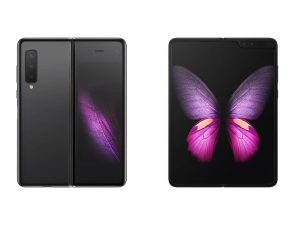
The phone certainly made headlines but it wasn’t without its issues. The cover display was far from usable in everyday scenarios, the battery wasn’t making any headlines, the hinge collected dirt pretty easily and got clunky in a short amount of time, not to mention the off-putting crease in the middle and off-centered notch on top. The phone itself was pretty remarkable but it had to make some compromises

Huawei Unfolds A New Chapter
Speaking of compromises, the cover display was hardly usable for anything other than checking the time and notifications. Not really groundbreaking or useful. Samsung’s biggest competitor at the time Huawei followed the trend with their Foldable addition, the Huawei Mate X.
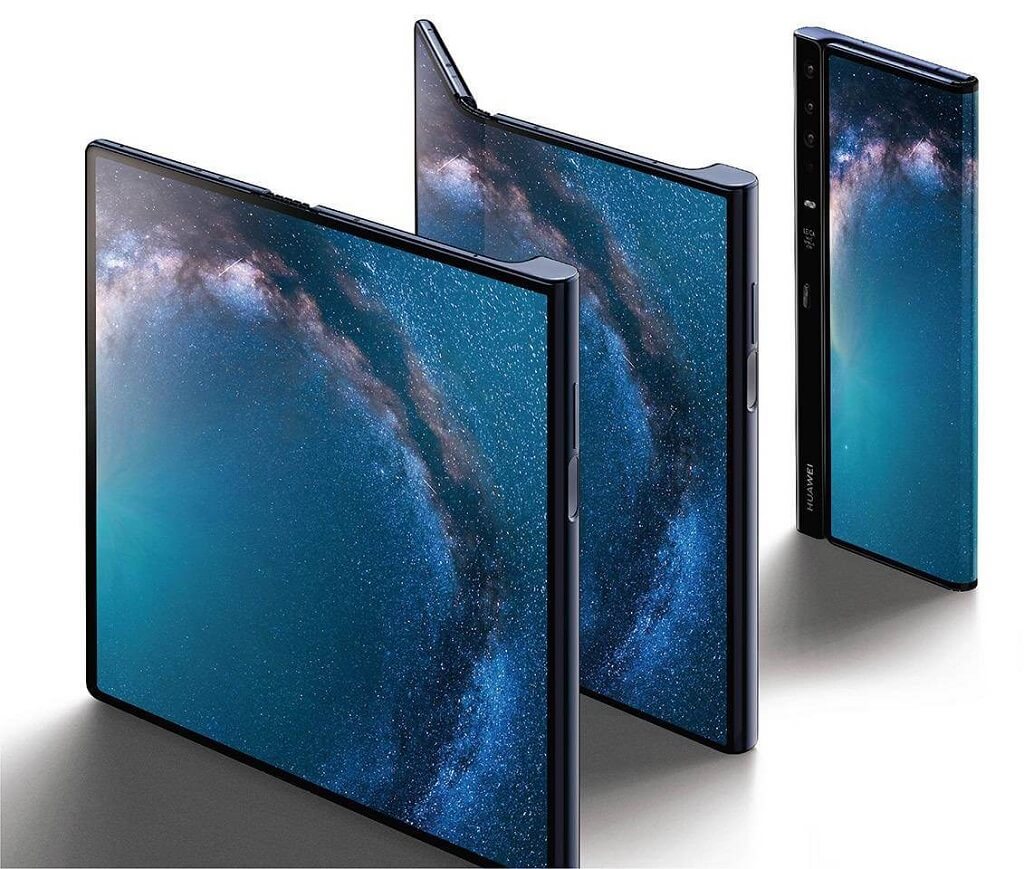
The Mate X featured an 8” foldable AMOLED display that folded outwards like the FlexPai but Huawei did a way better job with its product. Of all the first-gen folding phones the Mate X was probably my personal favorite, probably because it was equally usable while folded or unfolded and resembled an actual smartphone while folded. The crease was at the minimum and thankfully, there was no distracting notch or punch hole to speak of.
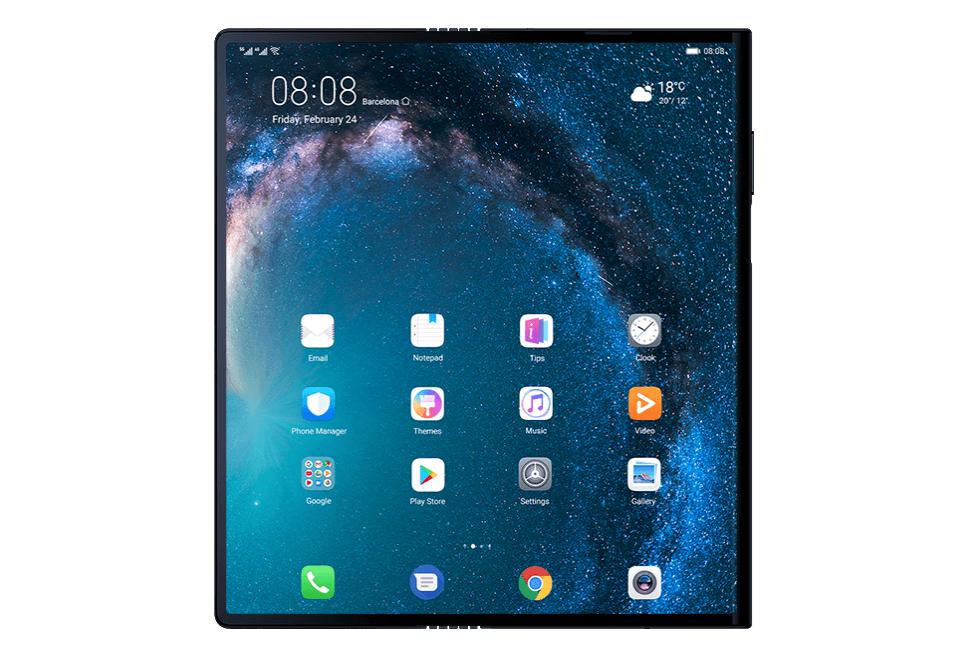
Although people say you get used to the hole punch/notch, I never really liked that solution for getting an edge‐to‐edge display.
The pros and cons of the first-gen foldable smartphones:
Positives:
- Screens that bend (Yay). Finally, phones with huge screens are still pocketable.
- A brand new breed of smartphones that attracts attention from almost anyone
- Possibility of having better batteries/cameras with all the real estate of this new form factor.
Negatives:
- Technology is still at a very early stage. Reports came out that people, including tech YouTubers, managed to peel part of the screen off thinking it was the screen protector.
- The software experience is rather lackluster.
- The durability of the screen was questionable.
Motorola’s Involvement In The Foldable Era
Now whenever the word folding phone gets mentioned, many of us go back to the good old days when Motorola’s RAZR phones were popular among tech enthusiasts. There was something inherently awesome about those phones. They really were cutting edge for their time, but not really practical for this smartphone world. Well, not until Motorola had something to say about it.
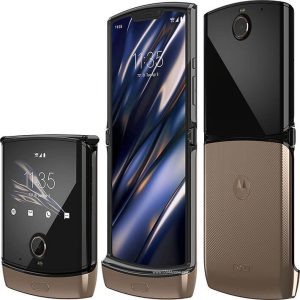
Their answer to this folding frenzy was called the Motorola RAZR 2019 (unsurprisingly). Everyone had their hopes up. People really missed the folding form factor in this world of tall monolithic bar phones and Motorola was ready to give it to the people.
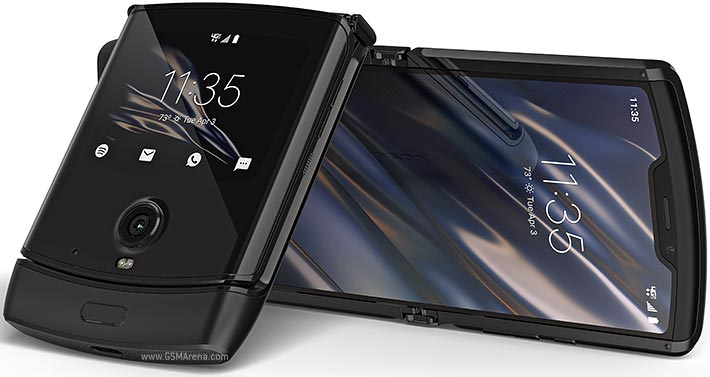
The RAZR 2019 featured a 6.2 inches foldable P‐OLED display that actually worked pretty well in the clamshell form factor. Some innovation in the hinge department made sure the crease was at the minimum, the external 2.7” G‐OLED display provided some basic functions like checking the time, texts, and even texting, although you really don’t want to push your luck with a 2.7” wide display and a qwerty keyboard.
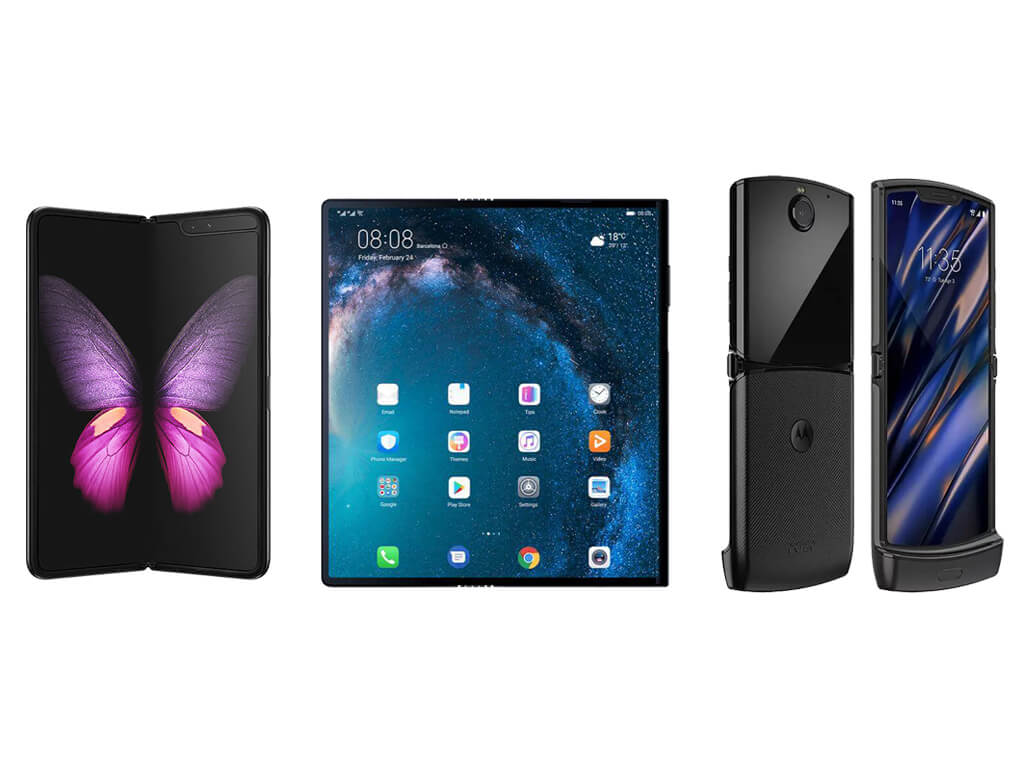
So far we’ve seen 3 kinds of folding phones: The inward folding type, the outward folding type, and the clamshell classic folding type. All of them had their pros and cons but keep in mind, these phones were first-generation ones. This was the beginning phase of the evolution of foldable smartphones. There was a lot to improve on. And improve they did.
The Beginning Of Gen-2 Foldable Smartphones
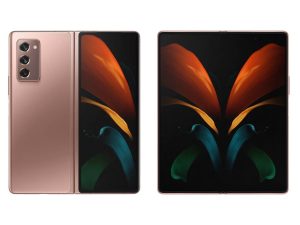
In the inward folding department, Samsung kept perfecting their design with the Fold 2. Well, perfecting might be the wrong word to use here but the improvements were pretty obvious. The crease was reduced, the notch was replaced with a punch‐hole camera and the hinge was way more improved than the one from the original fold.
The external display actually looked pretty good compared to the one from the original fold that actually looked like an afterthought. It was definitely a better-looking and performing phone than the original one and everyone was cautiously optimistic about what’s to come in the next iteration.
Huawei Mate X – Another 2nd Generation Foldable Smartphone
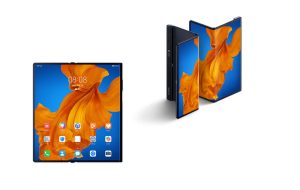
In the outward folding department, Huawei was still pumping out their foldable which was pretty much unrivaled in this category. In 2020 they released Huawei Mate Xs with small incremental upgrades (the chipset for example). This release was following the Ban of Huawei in the US so it came without Google play services which hit its sales numbers pretty hard.
The Clamshell Competition
The clamshell department saw a bit of rivalry in the year 2020: While Motorola released their RAZR 5G with an improved chipset, albeit a midrange one, Samsung released their first clamshell phone with a folding screen: the Samsung Galaxy Z flip.
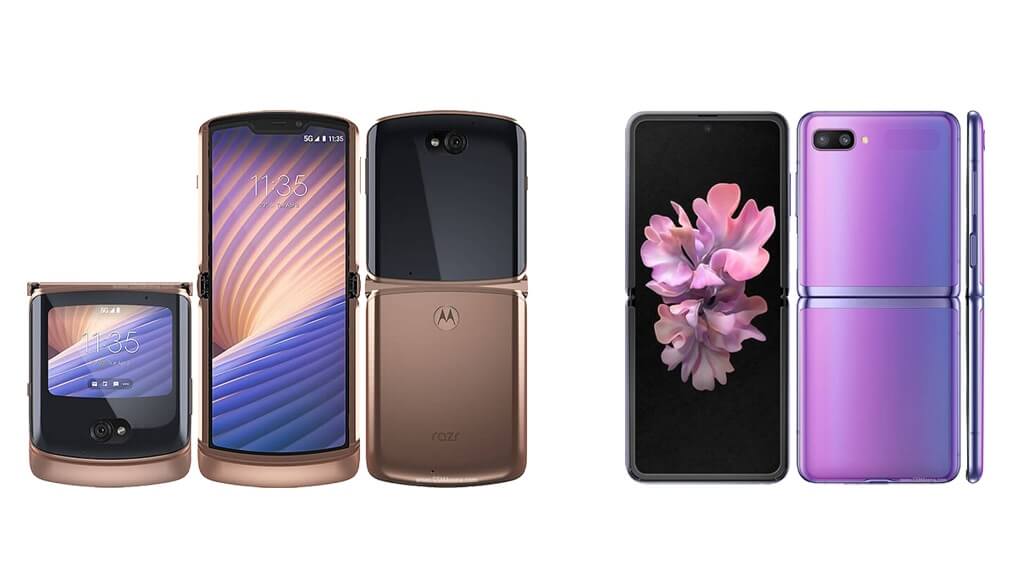
People took it really positively since it had a flagship chipset and it resembled a normal phone more than what Motorola had to offer. However, the Ultra Thin Glass (UTG) Samsung boasted about in their commercials didn’t really hold up for a good number of people for more than a few months. The cameras were nothing to write home about, and the external display didn’t really offer much overall.
Pros and Cons of the Foldable Smartphones of 2020
Pros
- Way more matured design. These phones looked and felt more like a flagship from the year 2020 than some prototype phone
- Better hinge design provided these phones with some actual protection against dirt and grime. Some effort was made to make the phones resistant to water too.
- Batter camera placement made these phones an overall better design.
- Some of them had surprisingly well battery life.
Cons
- The software support wasn’t there. Most of the apps didn’t like the unusual aspect ratios of these phones.
- Samsung’s “Ultra Thin Glass” had some serious durability issues. A lot of phones got a crack in their screens before the first month ended. And the screens on these phones are rather hard to get cleaned without getting scratches on them.
The Year 2021 – The Most Promising Year For Foldable Smartphones
This is where the evolution of Foldable Smartphones is at its peak. Now we come to the most exciting year for folding phones so far: 2021. The year started off with Huawei’s Mate X2. Unlike previous versions, it has an inward folding display instead of an outward folding display, resembling the Galaxy fold series more than the Mate series. The cover display and the folding display both had a 90 Hz refresh rate. While folded it looked like a proper smartphone. And the performance was flagship-grade as usual.
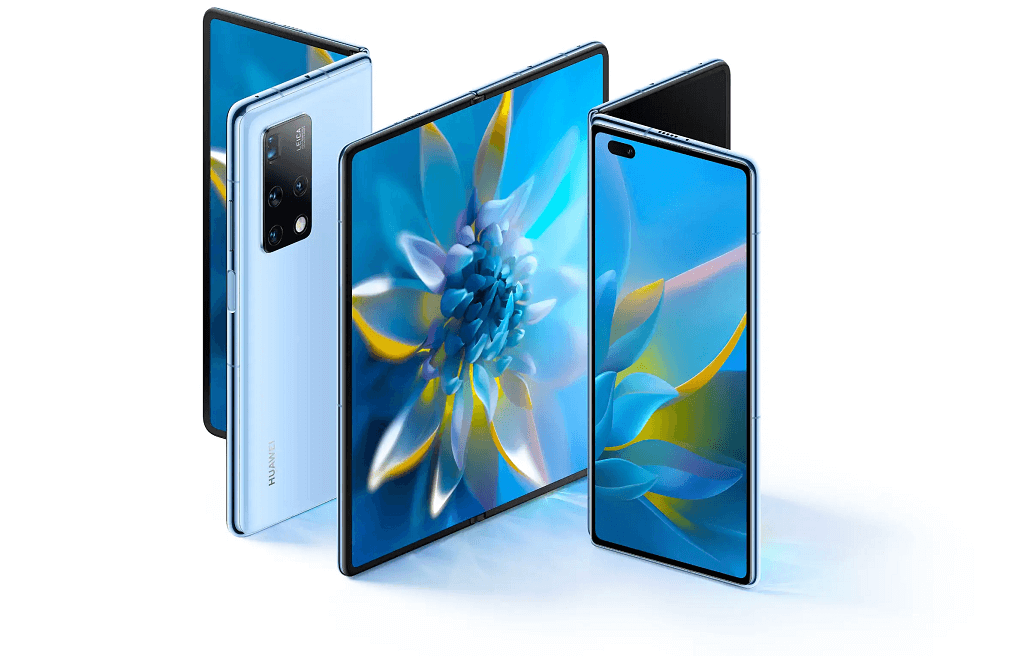
Samsung’s Watertight Design
After a few months, Samsung released their folding phone duo: the Galaxy Z Fold 3 and the Galaxy Z Flip 3. Both of the phones were a hit with the number of improvements they offered. The biggest improvement probably was the water resistance they offered.
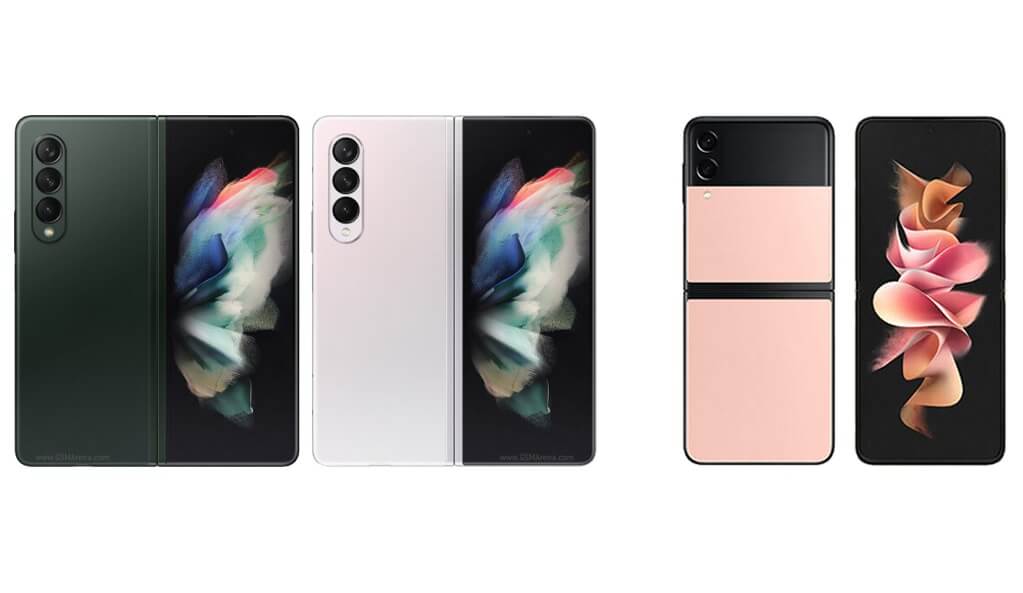
They still didn’t offer dust resistance but just the water resistance was no small feat for a phone with so many moving parts. The glass on the folding screen has been improved, as claimed by Samsung. It’s still too soon to confirm that but we’re hopeful. The hinge has been further improved to deliver that water resistance and the cover display on the fold makes it really close to a regular Galaxy phone.
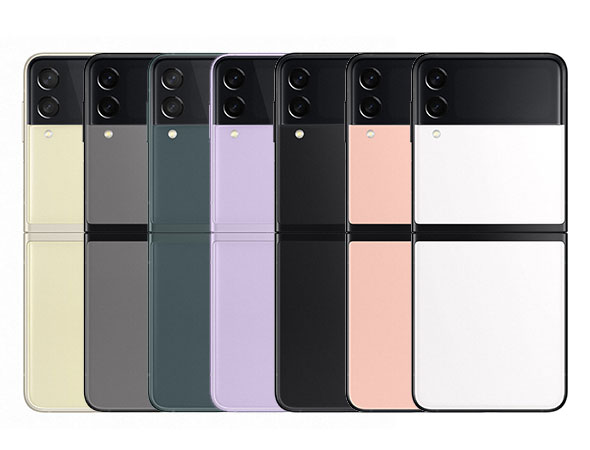
The Flip 3 probably had the most spotlight since it was the only clamshell phone this year so far. The larger outer display provided more features, the cameras were improved too, even though we didn’t touch on the subject of the camera in this article, thought I’d mention it for this phone.
Oppo Find N – A New Look And A New Style
But I believe the most exciting folding phone of the year and my personal favorite one so far came out a few weeks ago. The Oppo Find N, which in my opinion takes the evolution of foldable smartphones to the next level. Besides all the features we’ve seen so far in every folding phone release, this one is rather different. And by different, I mean the way it looks.
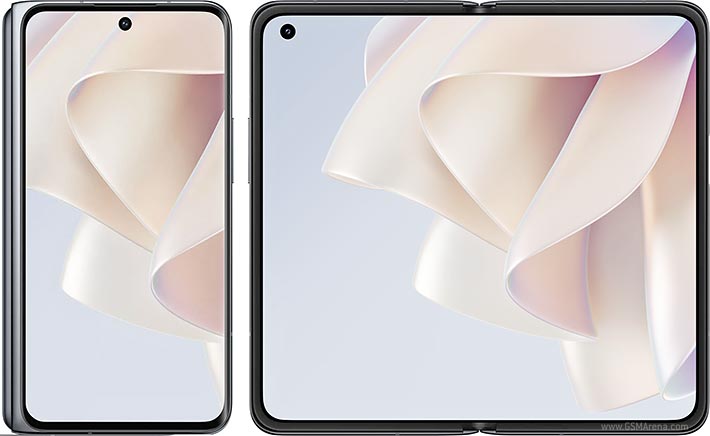
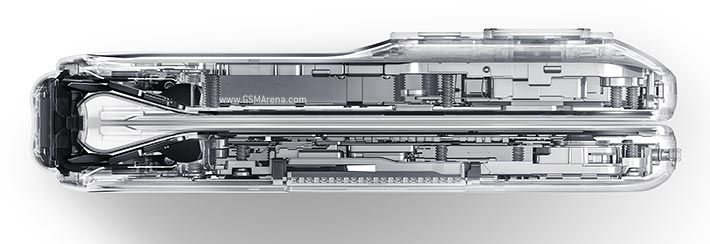
The form factor of folding phones can be a bit on the taller side, causing them to have odd aspect ratios. Oppo with their Find N offers a phone that has an 18:9 aspect ratio on the cover screen and an almost square-shaped inside display like a tablet. This phone really unfolds a new chapter in the folding phone world, because one of the biggest problems of folding phones is app support.
Apps just don’t want to support a phone with wonky resolutions or aspect ratios. If the folding phones can manage to be a normal phone while folded and a normal tablet when unfolded, the possibilities would be truly endless with these tools.
Current State of Folding Smartphones:
Positives:
- Finally, we’re in a position where we see some mature designs from manufacturers. Bigger, brighter, wider screens and almost normal aspect ratios make them almost worthy of being a daily driver.
- Waterproofing (YES) is an absolute mammoth accomplishment in and of itself. Personally, I’d keep mine away from water but it’s good to know that one has that safety net when faced with such a conundrum.
- Flagship grade chipset, camera, build quality, and hopefully more durable screens.
- Lower prices when compared to previous generations.
- Under‐display cameras really changed the experience for the phones that have them.
Negatives:
- Some phones have very limited regional availability.
- Battery life on some of them could be a bit better.
- Albeit minimized, the hinge gap is still there and can still be an issue.
- Battery life, charging speed and camera quality could still see some more improvement.
We all love the premium Adobe software, don’t we? But these are too expensive, especially for beginners. Find out what are the best alternatives of Adobe CC from our post. Who knows, you might even prefer using these more than Adobe!
Conclusion
So there you have it people, the evolution of foldable smartphones through the years of their inception and expansion. It’s one of the most exciting innovations in the world of smartphones, it truly is.
Of course these phones cost a ton currently but soon as the manufacturers figure out the technology properly it’s only a matter of time these phones get cheaper and in reach of most tech enthusiasts and many regular people. And the optimistic part of me hopes there’d be some budget folding phones too that everyone would be able to have access to. And that’s a future I can definitely get behind.